The use of protein powders have never been so popular as they are today with plant-based, vegan, dairy-free, and traditional whey proteins being some of the most popular options consumers have to choose from.
And it’s no wonder that protein powder is so commonly used because it’s an economical and very convenient way to get in more protein per serving.
How Protein Powders Can Be Useful for Healthy Diets:
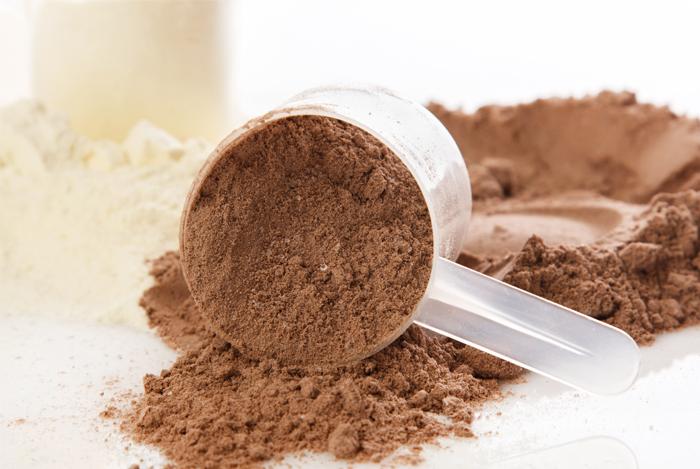
Most protein powders cost less than 50% of what a typical meat-based or animal-based protein serving would and many are actually pretty healthy when you look at their ingredient lists.
Consumers are also becoming more aware of just what goes into their protein powders just like they are becoming more diligent about reading labels on their other favorite food products.
But sadly, most people are still using protein powder in the same old way: in a protein shake or smoothie. While those options are surely a great way to get in some protein and it’s a popular way to consume protein powder, there are so many other ways to consume protein powder for convenience and health purposes.
So give these nine unique ways to use protein powder a try if you’re unsure how to use your favorite brand and try them out! Many of these ideas below are simple while some are a little more fun and creative.
You can also check out the tips below for choosing a healthy protein if you’re looking for a new option on the market to try.
Enjoy!
1. Overnight Oats or Warm Oatmeal
Oatmeal is a healthy breakfast and already contains 7 grams of protein per ½ cup, but if you’re looking to add more protein to a meal with oatmeal, try mixing in 1 scoop or ½ a scoop of a vanilla protein powder of choice.
It’s best to mix it with overnight oats or cooked oats that are warm so it will dissolve best and won’t clump up. Just be sure to add a little more liquid to compensate for the extra powder and adjust it to your liking of creaminess.
Adding protein powder to your oatmeal also gives you more nutritional bang for your buck since combining protein and complex carbs is a healthy food combination to help you build lean muscle around the clock!
2. Muffins
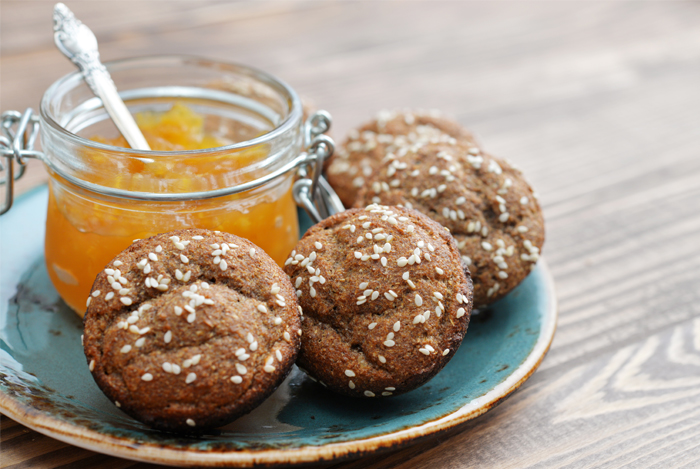
Muffins don’t have to be calorie bombs that ruin your diet, wreck your blood sugar, and increase your waistline. They can easily make for a healthy meal when they contain the right ingredients instead of sugar, unhealthy oils, and refined flour.
Muffins can also serve as a tasty, fun, and convenient option for busy mornings when you don’t have time for a sit-down meal.
So instead of grabbing a pre-made muffin at your favorite coffee shop, bake up your favorite recipe for muffins at home and substitute the white or refined wheat flour for 1-2 scoops of protein powder instead. Use the same amount of protein powder as you would flour.
You can also reduce the sugar content of a muffin recipe by using equal amounts of puréed fruit in place of sugar in the recipe. Bananas, applesauce, and pears all make great options that provide moistness and natural sweetness.
When baking your muffins, be aware that they may have a slightly different texture than regular muffins but will still taste delicious!
If you want to make them even healthier, replace any oil or eggs that is called for with 2 tablespoons of natural almond butter or peanut butter in place of 1 egg and equal amounts of oil.
3. Waffles

Protein waffles are pretty popular with bodybuilders and fitness buffs, but if you’ve never experimented with protein waffles yourself, I suggest you definitely give it a try!
Like muffin recipes, waffle recipes usually contain flour which you’ll need to replace with equal amounts of protein powder.
A popular, very easy waffle recipe using protein powder is to mix 1 scoop of protein powder with 1 egg (or 2 tablespoons of peanut or almond butter for a vegan version) and a pinch of baking soda. Spray your waffle iron, pour the batter in, cook for a 1-2 minutes, and you have waffles!
You can serve your waffles with some fresh fruit, sprinkle some cinnamon on top, and drizzle them with puréed, slightly melted berries instead of sugary syrups or jams with added sugars.
Protein waffles make for a fun recipe to make if you need to eat breakfast on the go or you want to make something more indulgent and creative for the weekends. Give it a try!
4. Pancakes
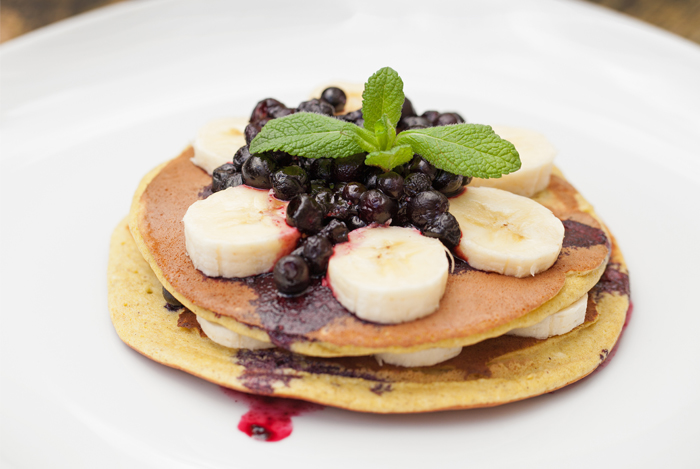
Protein pancakes can be made the exact same way as protein waffles if you don’t have a waffle maker.
Use the same recipe above as you would for protein waffles and just double the recipe depending on how many you want to make. Most single servings of protein pancakes make two pancakes per person.
You can even pre-make the protein pancakes ahead of time if you have a large griddle allowing you to prepare a bunch at one time. Let them cool, freeze, and you have easy and convenient pancake meals to enjoy whenever you want!
5. Green Smoothies

Alright, now, let’s talk about smoothies. If you’ve only tried blending your protein powder with water or non-dairy milk and a banana, it’s time to get more creative and up your smoothie game!
Turn your protein smoothie and your favorite green smoothie into one recipe by making a green protein smoothie! You’ll take in more nutrients by drinking a green protein smoothie and it can be considered a healthy meal since it contains all major macronutrients.
Here’s a great recipe idea if you’re not sure how to get started:
To make a green protein smoothie, blend 2 cups of baby spinach with ½ a frozen banana, ½ cup frozen berries, 1 scoop your favorite protein powder, 1 tablespoon of raw cacao or cocoa powder, some stevia if you want more sweetness, and a little cinnamon. Add 1 cup of non-dairy milk of choice, ice, and blend.
Enjoy your green protein smoothie at home or on the run and stay full and satiated for hours!
6. Mug Cakes
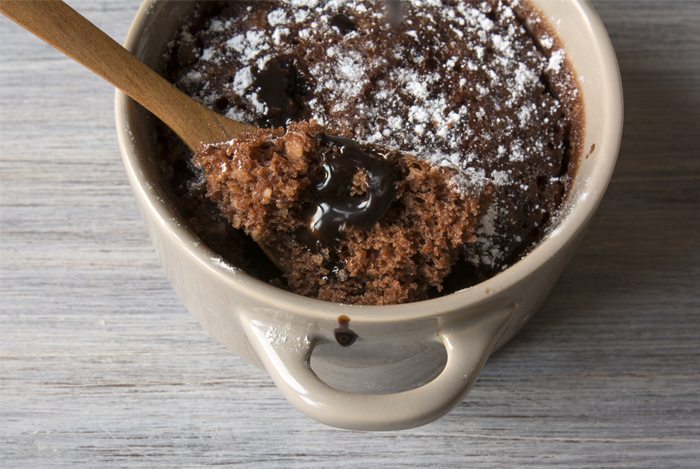
Mug cakes are like healthy desserts made from protein powder and are another very popular, low-calorie and high-protein dessert idea for bodybuilders and fitness buffs. But anyone can enjoy mug cakes, so why not try one for yourself?!
To make a protein mug cake, do the following:
- Blend 1 cup of protein powder, 1 tablespoon of cocoa powder, 1 packet of stevia or 2 full drops of liquid stevia, some cinnamon, a pinch of baking powder (about ¼ tsp. per serving) , and 2 tablespoons of coconut flour in a bowl.
- Stir well and sift to incorporate.
- Add ¼ cup your favorite non-dairy milk, 1 tablespoon of peanut or almond butter of choice, and stir again. Whisk with a fork until smoothie and creamy.
- Spray a coffee mug with non-stick spray and pour the mixture into the mug.
- Cook in the microwave about 1:20 seconds – 1:30 seconds (depending on your microwave’s power) and check. It should be the consistency of cake and is ready to eat!
7. Stirred Into Yogurt
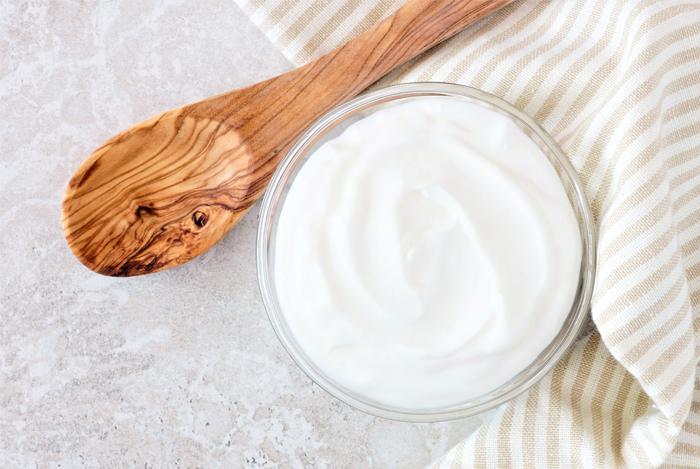
Do you love Greek or almond milk yogurt? Maybe you’re a coconut yogurt or soy yogurt fan.
Whatever the case, stirring your favorite protein powder into some yogurt can help keep you fuller for longer, provides more flavor, and makes your yogurt more thick and fluffy, much like pudding.
Want to turn it into dessert? Freeze your mixture for 30 minutes to enjoy protein frozen yogurt!
8. Blended into Coffee

This unique way to use protein powder is quite the fun one to try.
Using 1-2 tablespoons of protein powder, such as vanilla, in your morning coffee can give you the same appeal as powdered creamers would.
Here’s how to try it:
- Make your coffee as usual. Pour into a mug, leaving at least 2 inches of room at the top.
- Add 1-2 tablespoons of your favorite vanilla, chocolate, (or whatever other flavors you enjoy) protein powder and either whisk with a small whisk, a hand-held mini frother, or a fork using fast strokes like you would if you were beating an egg.
- Once it’s all smooth and creamy, enjoy your coffee and sip your way to lean muscle and satiety in just minutes!
Check out these other ideas for health-boosting ingredients to add to your coffee!
9. Homemade Protein Bars
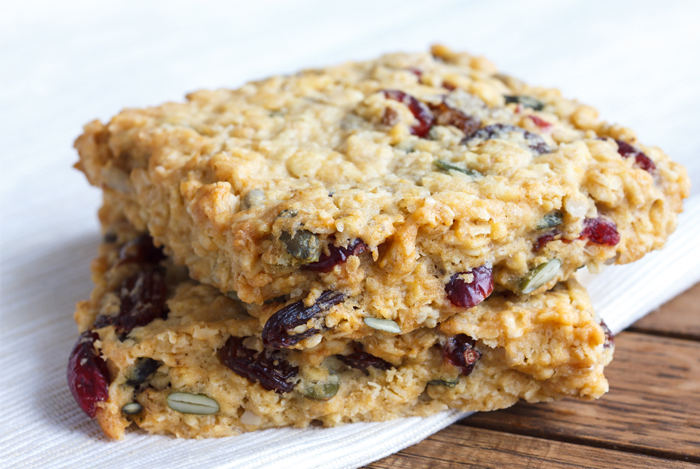
Bake up a batch of homemade protein bars instead of grabbing processed options at the store. Homemade protein bars are incredibly easy to make and you have the benefits of knowing that they’re free from unhealthy additives like corn syrup, artificial sweeteners, sugar, and unhealthy oils.
Homemade protein bars also make great snacks you can enjoy or they can even serve as a light meal on the go.
To make homemade protein bars, try the following recipe idea:
- Preheat the oven to 350 degrees Fahrenheit.
- Mix 1 cup of whole grain oats with 1 cup of protein powder, cinnamon, and a pinch of baking soda. Stir well and sift to incorporate.
- Add 1 cup of unsweetened applesauce, ½ cup natural almond or natural peanut butter, a teaspoon of vanilla extract, and ¼ cup unsweetened non-dairy milk. Blend with a hand mixer or in your blender until smoothie and creamy.
- Pour the blended mixture into your oat and protein powder mixture and stir until you get a thick dough. Set aside.
- Spray an 8×8 inch non-stick pan with coconut oil spray or your favorite non-stick spray and scrape your batter into the pan.
- Level out the batter in the pan and make sure the mix is evenly distributed among all sides and is even in height.
- Bake at 350 degrees Fahrenheit for 15 minutes and remove. Let them cool on the counter for one hour, then transfer them to the fridge.
- After they are cool, cut them into 8 bars and either leave them in the pan in the fridge or portion them out into baggies or pre-cut foil for easy, single-serve portions. They freeze well for up to 2 weeks or can be kept in the fridge up to one week.
As you can see, it’s much easier to use protein powder in a variety of ways that you might not think of otherwise. But these certainly aren’t the only options out there, so be sure you experiment with a few different ways to make protein powder for easy ways to meet your protein needs.
How Much Protein do You Need and What Kind is Best?
Most individuals need between 45 – 60 grams of protein per day depending on if you’re a man or a woman and if you’re active. Some individuals looking to build mass may include more protein powder in their diets.
Since most natural foods have protein, it’s easier to overeat on protein than it is to under-eat on protein, however, if you’re looking to include some protein powder into your routine to improve your protein intake, I highly suggest you choose the best options possible.
Here are 5 general guidelines to keep in mind when you select protein powders at the store:
- Choose a non-GMO option. Protein powders can be made with genetically modified ingredients like corn and soy, both of which can irritate your stomach and may pose health problems. Non-GMO ensures that your product has not been made with genetically modified protein sources, additives, or flavorings of any kind.
- Look for an option that doesn’t include sugar in the ingredient list. You’ll need to read the ingredients list to see if your product of choice has sugar. Optimally, protein powders will include stevia, monk fruit extract, or no sweetener at all as the best choices. Some products on the market still include harmful sweeteners like sucralose (the artificial sweetener used to make Splenda) and maltodextrin which is often derived from corn.
- Be aware of your food allergens or sensitivities. Whey protein and casein protein is made with dairy, so if you’re allergic to dairy or even sensitive to dairy, skip whey and casein protein powders. Although dairy-based options can be beneficial for some and come with many beneficial perks for health and fitness, they are not the right choices for everyone. Safe options that are dairy-free include
Safe options that are dairy-free include hemp protein powder (which is a complete, plant protein powder), sprouted grain rice protein powder, or pea protein which is another popular option.
You can also find blends of different protein sources available which may be a good option for bioavailability and protein uptake by the body.
Also, do your best to be mindful of hidden sources of gluten, soy, corn, wheat, and peanuts if you’re allergic to any of these ingredients. Reading labels closely or contacting the company is the best way to avoid a potential reaction to a protein powder you are interested in.
- Choose organic protein powders if they are an option where you purchase your protein powder. They are available online at many stores and are similar in price to non-organic protein powders. Protein powders that are organic naturally provide a guarantee that they are naturally free of GMOs and pesticides, two things you definitely want to avoid at all costs whenever possible!
- Look for protein powder products with added, beneficial ingredients. Many protein powders and meal replacement powders contain superfoods like acai, goji, chia, flax, maca, and other powerful superfoods to enhance their nutritional benefits. You can even find raw and completely vegan protein powders on the market if that’s something you’re interested in.
The bottom line is that protein powder can make for a healthy option as a way to take in more protein, it’s convenient, and it’s very useful for including in simple and more creative recipes to enjoy throughout your day.
Choosing a healthy protein powder will help you benefit even more from protein powder’s benefits.
For even more benefits of protein powder, be sure to check out this post!
The post 9 Unique Ways to Use Protein Powder to Improve Your Intake appeared first on Nutrition Secrets.
http://www.nutritionsecrets.com/9-unique-ways-to-use-protein-powder-to-improve-your-intake/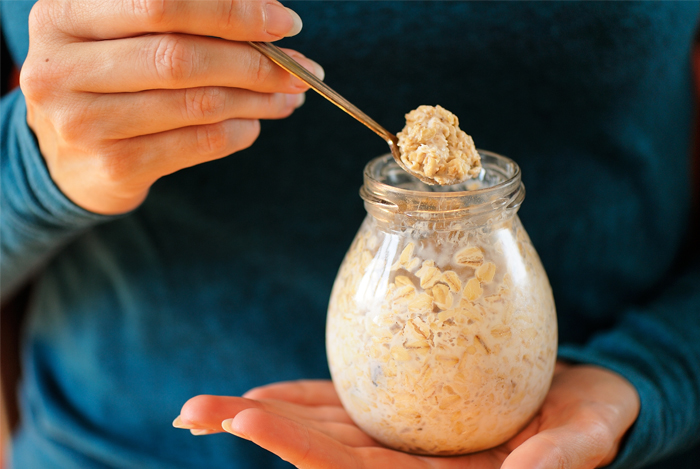
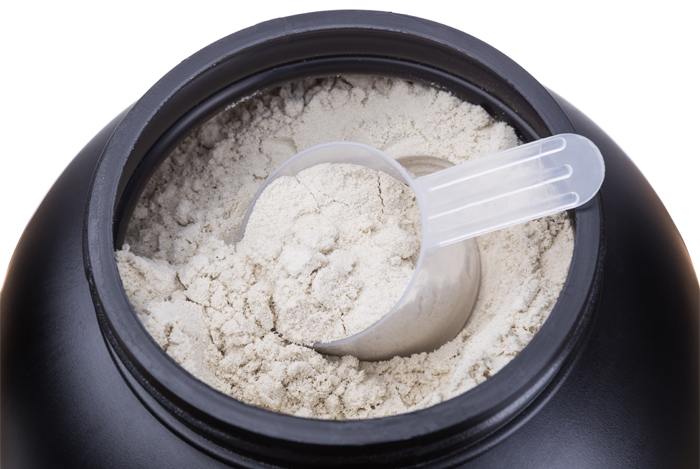
No comments:
Post a Comment